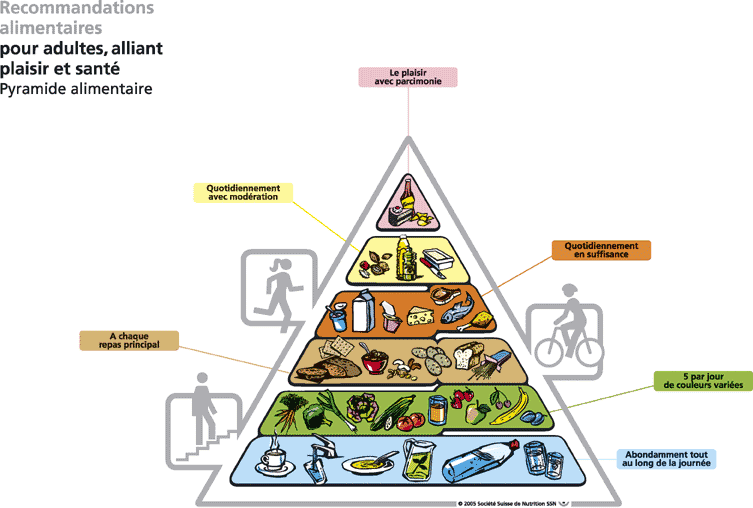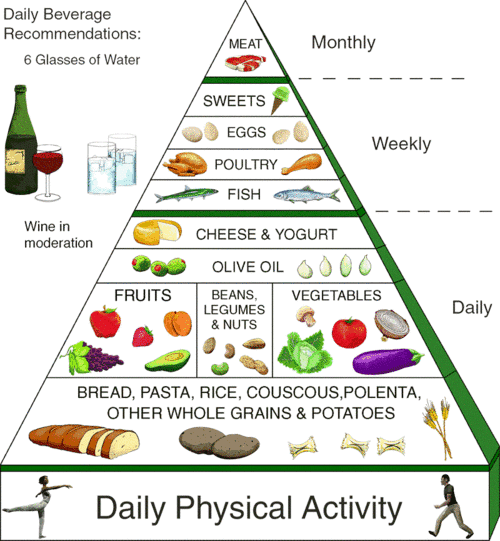
Who has ever heard the phrase “you are what you eat”? What we eat affects how we feel. Food should make us feel good as well as be nourishing to our bodies. Eat too much, too little, or the wrong things and your health could be affected. This may result in negative feelings toward food. Many Americans experience these deep-seated, unhealthy eating habits, which can be challenging to break. Many factors influence our eating behaviors and feelings about food. These factors can be cultural, social, economic, and psychological. We are going to take a look at the culture surrounding food in three of Europe’s healthiest countries: Switzerland, France, and Italy. With the United States having an adult obesity percentage at a whopping 36.2%, perhaps we could learn some healthy habits from them!
Switzerland

Switzerland has the lowest adult obesity percentage of the three countries we are looking at today at only 19.5%. There are some very strict Swiss food laws that protect the public from unsafe foods that may contribute to obesity. For example, there is a law against the use of antibiotics and growth hormones in feed and strict laws on egg production with high levels of animal welfare protection. There is also regulations in the food markets on the quality and protection against misleading nutritional information. While the Swiss food culture is based on traditional cooking rich in calories and fat, their lifestyle is more well-suited to outdoor activities than sedentary living. The focus on physical activity helps to offset the regional and local specialties. Recently, there has also been a growing focus on healthy food. The Swiss food guide emphasizes water, physical activity, and fresh produce while recommending fats and oils in only moderate amounts.
Italy

Italy has the second lowest adult obesity percentage of the three European countries mentioned in this blog at 19.9%. There are several dietary guidelines that the Italians follow for a healthy lifestyle. For example, number one is to watch your weight and be physically active daily. Choose more cereal grains, vegetables, tubers, and fruits while limiting fat intake to quality fats in moderation. Sugars, sweets, and sweet drinks are to be consumed in moderation as water should be the major hydrator. Salt is to be used in very limited amounts. Wine is an important part of Italian meals, but should be drank in moderation. For Italians, food isn’t just nourishment, it is life. Family gatherings are frequent and centered around food. Perhaps the most important guideline is to make varied choices for a well-rounded, healthy eating pattern. The Italian food guide emphasizes daily physical activity, healthy fats, fruits, veggies, and grains. Sweets, poultry and fish are to be eaten only weekly while other meats are eaten monthly. At least 6 glasses of water should be consumed daily with wine consumed in moderation.
France

France has the highest adult obesity percentage of the three countries we are looking at in this blog, however it is still only at 21.6%. The French consume rich, fat-laden items, yet they have the lowest rate of death from heart disease in Europe – a whopping 60% lower than the rate in the United States. This is called the French Paradox and many studies have been conducted to figure out this conundrum. It has been found that Americans and the French differ widely on their approaches to food and diets. The French are generally not easily persuaded and therefore, do not partake in fad diets based on speculative studies. They approach diets with a healthy dose of skepticism as food is considered sacred. The freshest, best quality ingredients one can afford are used when preparing any dish. Even if it is just a simple lunch, the table is set, phones are put away, and external distractions are limited. Eating is a celebration of both food and company with wine being consumed as part of the culinary experience to enhance the flavors of the food. This process allows people to value the eating experience as much as the food itself. The French food guide emphasizes physical activity and water consumption. It also depicts the serving sizes for each of the six food groups.
United States

The United States has a more diet-centered food culture whereas the countries in Europe we looked at have a more lifestyle-based eating pattern with an emphasis on daily physical activity. We need to focus on healthy snacking and proper portion sizes as well as home-cooked meals versus convenience foods. Our food guide, the MyPlate graphic, depicts what a well-balanced meal should look like. Unfortunately, there are no daily or weekly food group recommendations, no information on hydration and no ties to physical activity.
If you’d like to alter your psychology about food and eating habits, come see me for an initial nutrition consultation, included free with every membership!
Schedule a Nutrition ConsultationWritten by Sarah Brunner, RDN, CD; Elite Sports Clubs Registered Dietitian
Sarah is certified in food allergies/intolerances and nutritional counseling, Academy of Nutrition and Dietetics; has a certificate in Dietetics from Mount Mary University; and a BA in Education and Mathematics from the University of Wisconsin – La Crosse.

1 Comment
Wow! I think a lot of dietary questions can be answered with this article. Thank you.
I can’t wait to get my weekly addition of health and wellness via the Elite staff!